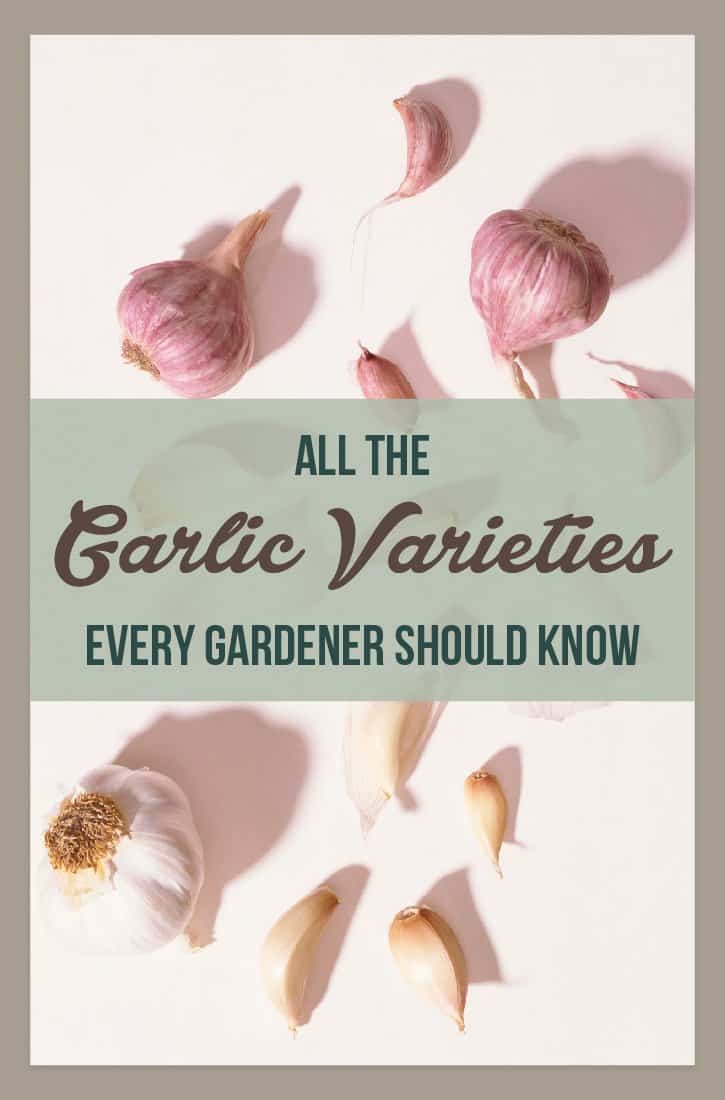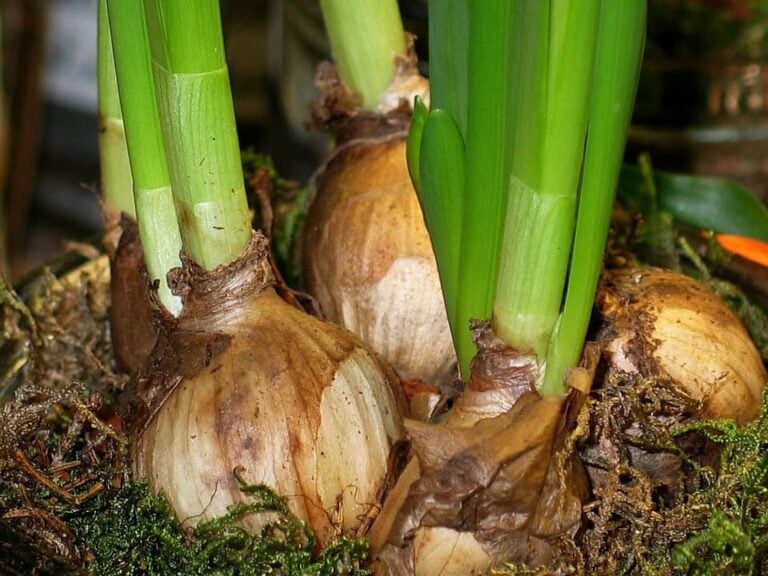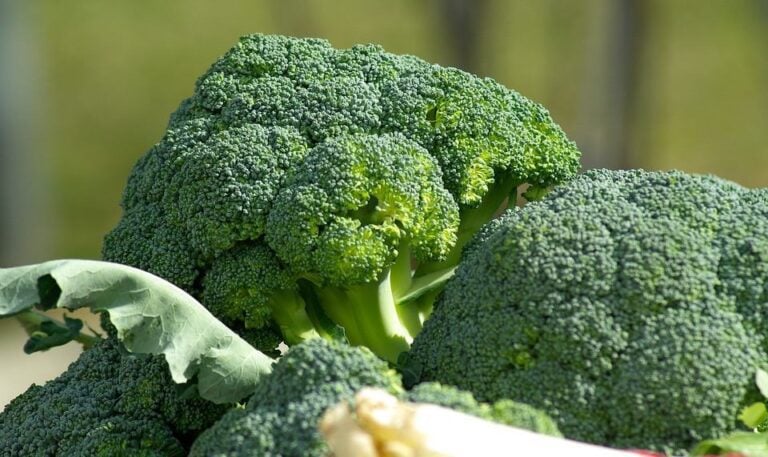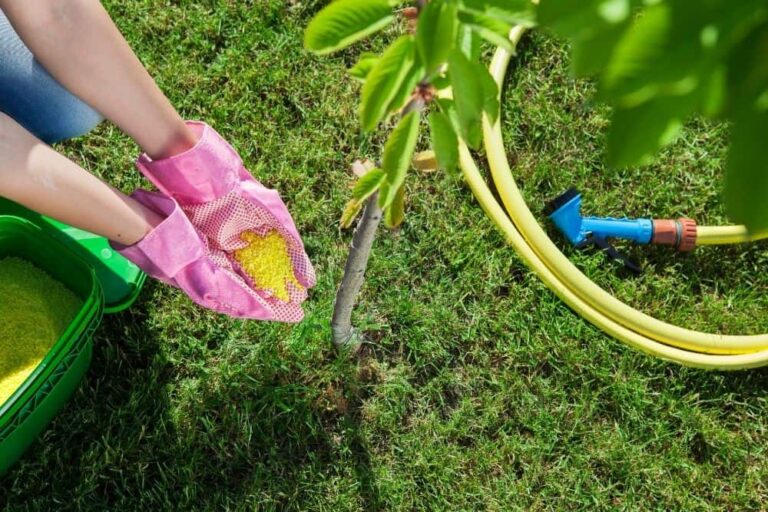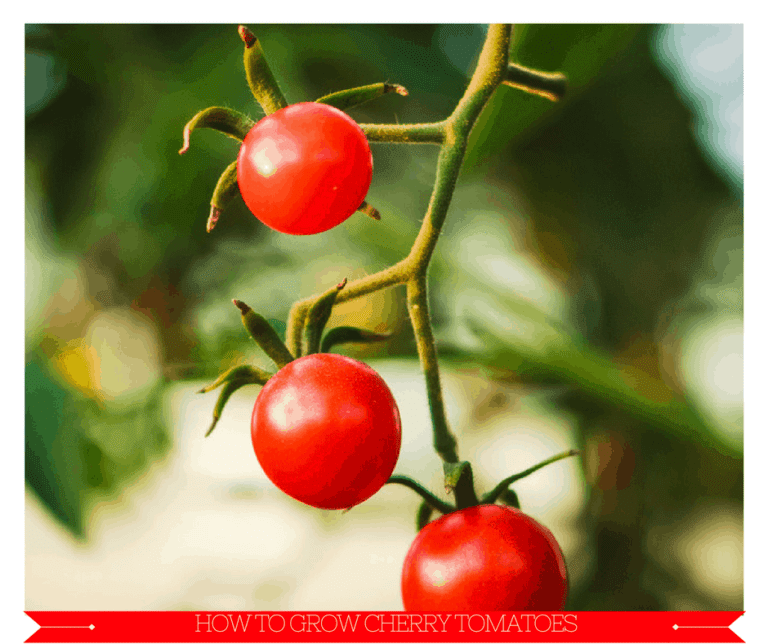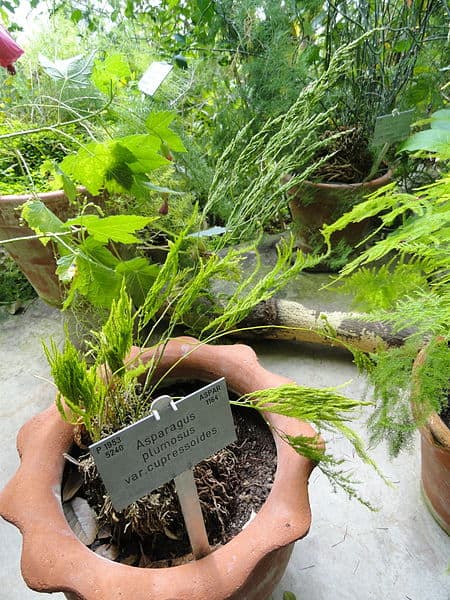A Primer on Backyard Greenhouses
A backyard greenhouse lets you garden pretty much all year around. With a greenhouse, you can grow plants that ordinarily wouldn’t thrive in your area, such as citrus in a northern climate. Plants cultivated in a greenhouse are protected from certain diseases and pests as well. There’s a background greenhouse out there to fit your budget and needs, whether you want a large structure or a small growing space. Greenhouses aren’t perfect, but they can be a great way to get more out of your garden.
Benefits of a Backyard Greenhouse
Whether you’ve been gardening for years or are a beginner, a backyard greenhouse offers some advantages. One of the biggest benefits of a greenhouse is the fact that it extends your growing season, both at the beginning of the season and at the end.
Depending on where you live, having a greenhouse in your backyard means you can enjoy fresh, homegrown lettuce and other greens throughout the winter months. In the spring, it means you can enjoy fruits such as strawberries and prized summer vegetables such as tomatoes well before anyone else.
All in One Gardening Center
Another benefit of having a backyard greenhouse is that the space can act as an all-in-one garden area. You don’t have to have a separate garden shed to store your tools and supplies, nor do you need a special potting area when you have a greenhouse. Your greenhouse acts as storage, growing area and potting area all in one.
You also have a bit more flexibility when growing plants in a greenhouse. Since the plants are growing in containers and aren’t sharing the soil, you can plant varieties that normally have different requirements in the same general space. For example, you can plant citrus trees in one part of the greenhouse, Mediterranean herbs in another and moisture loving plants in a third area.
Flexibility
Greenhouses are flexible spaces. Depending on what the conditions are like outside or in the greenhouse, you can make a few adjustments to keep your plants comfortable. For example, some greenhouses have curtains along the roof. The shade curtains filter or block some sunlight on days when it’s too bright.
Greenhouses also often have fans or windows that open to provide ventilation when the space gets too warm. Most also have heaters to keep the plants comfortable on frigid days. Since you can control the temperatures, you’re able to create ideal conditions in the greenhouse for a variety of plants.
In the video above, gardener P. Allen Smith gives you a tour of his greenhouse and explains the many benefits he gets from it and the many features it offers.
Protect Your Plants
A greenhouse does more than protect your plants from the elements or winter’s chill. It can also protect your plants from a range of diseases and pests that would ordinarily live in the garden.
That’s not to say that greenhouse-grown plants are completely free from disease and pest problems. As Rodale’s Organic Life points out, fungal problems can be an issue in greenhouses, especially if the conditions are too humid.
Aphids and mites can also be a problem, but if you notice an infestation, you can squash it by vacuuming up the bugs or by spraying your plants with insecticidal soap.
Using a sterile container mix as soil protects your plants from soil-borne pathogens. There’s also a considerably lower risk for caterpillar problems since moths and butterflies won’t get into the greenhouse.
Greenhouse Types
You have two options when it comes to getting a greenhouse for your backyard. You can order a greenhouse or greenhouse kit, or you can purchase supplies and build one yourself.
The video from Getting There Green shows you the supplies a couple purchased to build a hoop style greenhouse. It then shows you how they put together the greenhouse, including how they made the raised beds for it.
Greenhouses come in a variety of different types, from simple cold frames, which are essentially boxes with a glass top that you put over plants, to large, freestanding structures. Some greenhouses are attached to another building.
Your greenhouse can be made of plastic sheeting, polycarbonate or glass panes. Glass tends to be the most expensive option but also has the longest shelf-life. Plastic sheeting is usually the least expensive, making it ideal for starter greenhouses. But it also tends to break down much more quickly.
Polycarbonate sheets or panels offer the best of both worlds. They are more durable than plastic and less expensive than glass. Polycarbonate is also considerably stronger and less likely to shatter than glass and is flexible, so that you can bend it around corners, according to Planet Natural.
Setting Up Your Greenhouse
There are a few things to keep in mind when putting together or choosing a site for your greenhouse. According to the North Carolina Cooperative Extension Service, you want to pick a spot for your greenhouse that is level and well-draining. Ideally, the location will have a supply of water and electrical supply.
Attaching the greenhouse to your existing home can be beneficial in a few ways, especially if you live in a colder area, according to Mike McGrath of You Bet Your Garden. The shared wall can help keep the greenhouse warm without you having to pay for additional heating. During the day, the wall absorbs heat from the sun, the radiates out into the greenhouse during the night.
How much sunlight your greenhouse will need depends on what you plan on growing in it. If you are starting seedlings in it or are growing plants in cooler weather, the more sun, the better, which means choosing an area that faces south or west can be ideal.
You can always use shade covers to block out excess sunlight when needed. But it’s challenging and expensive to create artificial sunlight if you put your greenhouse in an area that gets too much shade.

